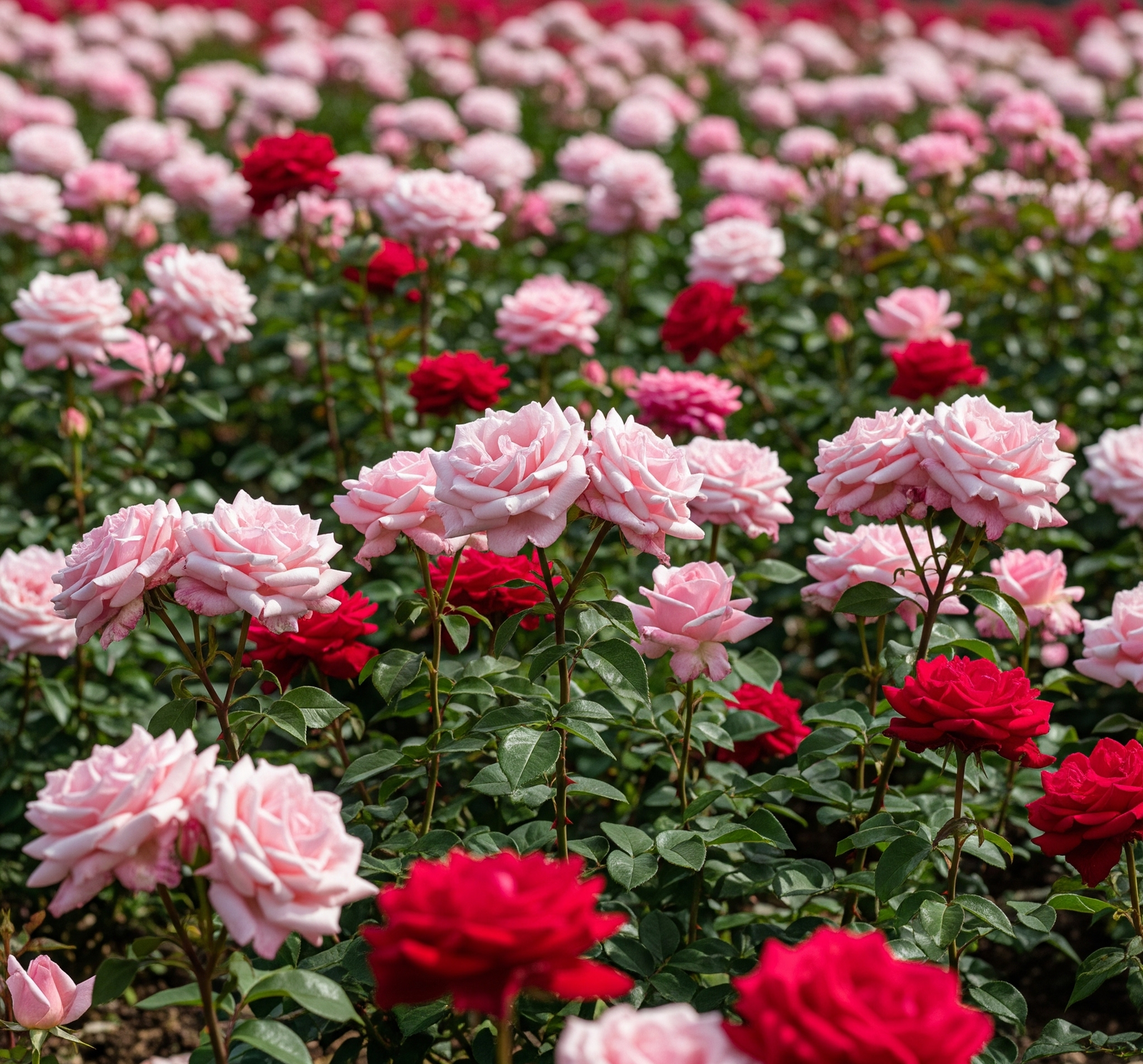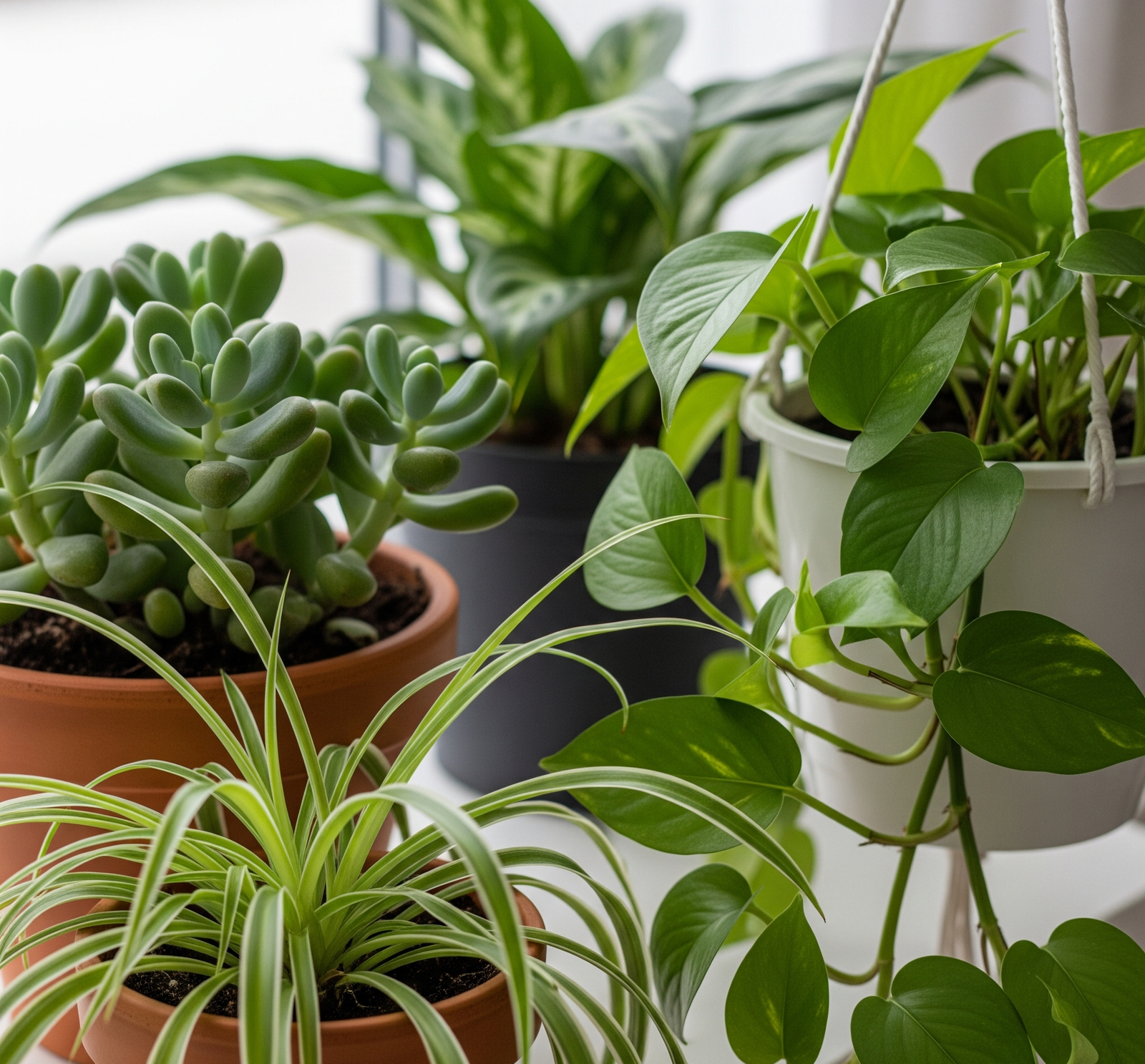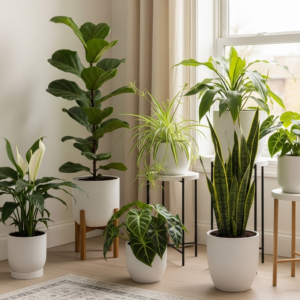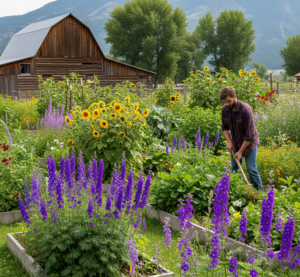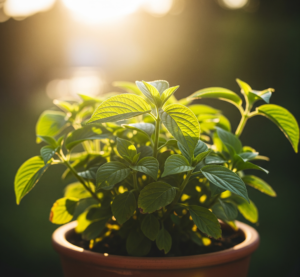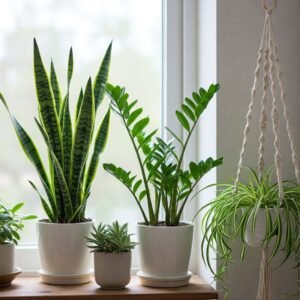What Fertilization Schedule Works Best for Portland Roses to Ensure Lush Blooms for Home Arrangements?
Portland’s mild, rainy climate and rich soils make it a haven for growing roses that pop with color and fragrance, perfect for snipping and styling into home arrangements. But to get those lush, vase-ready blooms, fertilizing your roses on the right schedule is key. This guide lays out a practical plan for feeding roses in Portland, tailored to the local environment and focused on producing flowers that elevate your decor. Let’s dig into how to nourish your roses for maximum impact.
Understanding Portland’s Climate for Rose Fertilization
Portland’s weather—wet springs, mild summers, and gentle winters in USDA Zone 8b/9a—shapes how roses soak up nutrients. The frequent rain can wash away water-soluble fertilizers, while the clay-heavy soils hold onto nutrients longer than sandy ones. This means you need a fertilization plan that accounts for leaching and avoids overloading the soil. Roses here thrive with consistent, balanced feeding that supports steady growth and blooming without pushing them too hard before winter. A schedule tied to the seasons ensures your roses have what they need to produce those long-stemmed, vibrant flowers for your dining table or mantel.
Choosing the Right Fertilizer for Vibrant Roses
Picking the right fertilizer sets the foundation for healthy roses. In Portland, organic options like G&B Rose & Flower Fertilizer (4-6-2) or Dr. Earth Rose & Flower Fertilizer work well because they release nutrients slowly, reducing the risk of burn in damp conditions. These blends typically include nitrogen for foliage, phosphorus for blooms, and potassium for root strength, plus micronutrients like calcium to combat local soil deficiencies. If you prefer synthetic fertilizers, a balanced 10-10-10 or rose-specific formula like Bayer Advanced Rose & Flower Care can deliver quick results. Always check the label for rose compatibility and avoid high-nitrogen mixes that favor leaves over flowers. Local nurseries like Portland Nursery stock these products and can guide you to the best fit for your garden’s needs.
Spring Fertilization: Kickstarting Lush Blooms
March is when Portland roses wake up, pushing out new shoots as the days lengthen. This is the time to give them their first feed. Apply about a half-cup of granular organic fertilizer per bush, sprinkling it in a ring around the base, about 6 inches from the stem. Water deeply to help nutrients sink in. If you’re using a liquid fertilizer, dilute it per the instructions and apply it to the soil, not the leaves. This initial dose fuels the vigorous growth needed for those early summer blooms you’ll want for your vases. For newly planted roses, wait until they show new growth (usually 4–6 weeks after planting) before fertilizing to avoid stressing tender roots.
Summer Feeding Schedule for Continuous Blooms
To keep your roses blooming through Portland’s warm, dry summers, stick to a monthly feeding schedule from April to August. Apply fertilizer every 4–6 weeks, using the same amount as in spring—about a half-cup of granular or a diluted liquid feed per plant. June and July are peak bloom times, so consistent nutrition ensures your roses produce clusters of flowers ideal for cutting. Deadheading spent blooms during this period encourages more flowers, and a steady nutrient supply supports that cycle. Water before and after fertilizing to prevent root burn, especially during July’s occasional heat spikes. If you notice pale leaves or weak stems, a foliar spray of liquid seaweed can give a quick nutrient boost without overloading the soil.
Fall Fertilization: Preparing Roses for Next Season
As summer fades, your roses need a lighter touch. In September, give them one final feed to strengthen roots for Portland’s mild winter. Use a low-nitrogen fertilizer, like a 5-10-10 blend, to avoid sparking new growth that could get zapped by early frosts. Apply about a quarter-cup per plant, and water it in well. After this, stop fertilizing to let your roses ease into dormancy. This last dose helps them store energy, ensuring they come back strong in spring with buds ready for your next floral arrangement. If you’ve been heavy-handed with fertilizer earlier, skip this step to prevent nutrient buildup in the soil.
Application Tips for Maximum Nutrient Absorption
How you apply fertilizer matters as much as when. Always water your roses a day before fertilizing to prep the soil and reduce the chance of root burn. Spread granular fertilizer evenly in a circle around the plant’s drip line—not right against the stem—and lightly rake it into the top inch of soil. Follow with a deep watering to drive nutrients down to the roots. For liquid fertilizers, use a watering can or hose-end sprayer, applying to the soil, not the foliage, to avoid fungal issues in Portland’s humid springs. Mulching with compost or bark after fertilizing helps retain moisture and regulates nutrient release, keeping your roses happy. Test your soil’s pH every couple of years (aim for 6.0–6.5) at places like Cornell Farm, as Portland’s soils can lean acidic and may need lime to optimize nutrient uptake.
Avoiding Common Fertilization Mistakes in Portland
Portland’s unique conditions can trip up even seasoned gardeners. Over-fertilizing is a big one—too much nitrogen leads to leggy plants with few blooms, useless for arrangements. Stick to the recommended amounts and resist the urge to “give them a boost” outside the schedule. Another pitfall is fertilizing too late in the fall, which can trigger soft growth that dies back in winter. Also, watch for signs of nutrient overload, like yellowing leaves or crusty soil surfaces, which suggest you’re overdoing it. If your roses aren’t blooming despite feeding, check for other issues like poor drainage or insufficient sunlight (roses need 6–8 hours daily). Portland’s clay soils can lock up nutrients if drainage is bad, so amend with compost yearly to keep things loose.
Local Resources for Fertilizer Advice
Portland’s rose-growing community is a goldmine for tailored advice. The Portland Rose Society, based near the International Rose Test Garden, hosts monthly meetings and workshops where you can learn about fertilizing from consulting rosarians. Their website lists events and connects you with experts who know Portland’s quirks. Nurseries like Dennis’ 7 Dees or Garden Fever offer rose-specific fertilizers and can troubleshoot your garden’s needs. Visiting the International Rose Test Garden in Washington Park lets you see how different varieties respond to local care, giving you ideas for your own fertilization plan. Joining the Royal Rosarians’ Rose Garden Contest can also connect you with growers who share tips on feeding roses for show-stopping blooms. By following this fertilization schedule, your Portland roses will churn out the kind of lush, vibrant blooms that make home arrangements sing. From spring’s first feed to fall’s final dose, a thoughtful approach to nutrients keeps your garden thriving and your vases full. Grab your fertilizer, hit the dirt, and let your roses steal the show.
